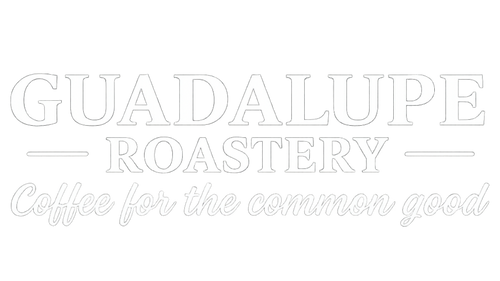Coffee was first discovered in Africa, when Ethiopian farmers noticed their goats changed their behavior and became more active after chewing on coffee cherries. Soon after, coffee was consumed as a natural energy bar. It is still common practice among African cultures to chew on different strong stimulants early in the morning before farming or even going to war.
It was later, during the middle ages, when Middle Eastern traders brought the African coffee beans to Arabia and started growing and exporting their own coffee. These traders also started brewing their coffee the same way they brewed many other spices, and the dark drink we know was born.
Fun fact: Mocha, Yemen. Was one of the leading coffee trading posts. Its second largest product was chocolate, and due to the fact that coffee and chocolate were stored together, coffee coming from Mocha was known for its distinctive hints of chocolate flavor. Hence, our local coffee shops now carry chocolate syrups, and barks, in order to imitate the flavor once created by storing chocolate and coffee together under high temperatures.
As global trade and maritime power grew across the world, Middle Eastern traders brought coffee beans and the brewing method to Europe. Needless to say, it was an immediate success. Coffee houses started to rise across all European cities in the 1600s, and with them various industries. The fact that now it was possible to focus for longer hours during the day and night allowed humans to expand various endeavours. Coffeehouses became known as “penny universities” and most historians now argue that coffeehouses were a crucial factor for the rise and popularity of the Enlightenment. Not only due to the intellectual debates, but the fact that coffeehouses made newspapers available. Suddenly getting your morning coffee and reading the news first thing in the morning became a regular habit for anyone interested in doing so. Between being informed and having a space where to share one’s opinions, ideas like democracy, free-enterprise, and individual rights took a front stage.
It is also important to remember that for most of the Middle Ages, Europeans were used to consuming large amounts of alcohol. Mainly in the form of beer and wines, because drinking water was not safe. Could you imagine how it must have felt to go from large amounts of alcohol and little water to adding coffee to the mix? Perhaps Europeans across the continent truly felt the difference. They went from being slightly tipsy or hungover (if not, totally drunk) to being hyper alert.
People went from attending bars and pubs to relax, to attending coffee shops, where it became popular to write, carry business, and engage in intellectual discourse. Some of the most popular coffee houses turned into more. A coffee house in London where business exchange was carried became the London Stock Exchange. Lloyds Coffee House, a coffee house where people would gather to do bets on whether the ships crossing the Atlantic would make it turn into Lloyd’s of London, an insurance market firm. In our present times, some argue that organizations like the United Nations are not much more than the world’s largest coffee house, where representatives of various countries meet to discuss world problems often over a cup or more of coffee.
For the Europeans' delight, when they first landed on the New World and started trying out different seeds in the new soil, coffee was an absolute hit. The biodiversity of the north side of South America yields high quality beans that are in season year round. Without winter nor autumn, coffee bushes flourished and exporting this coffee became more doable than ever. To this day, 40% of the world’s supply of coffee comes from Brazil alone.
It is fascinating to see how coffee interacts with every culture and country it meets. It does not impose and yet somehow it’s been welcomed pretty much everywhere. The hardest market for coffee currently is China, where people are more used to tea. It was recently revealed that the coffee market in China is pretty much run by westerners on both ends, as producers and consumers, and therefore took a big hit during the pandemic as travel restrictions prevented westerners from visiting China (more here).
Many coffeehouses started serving food and other drinks not only as a way to offer more options, but due to the fact that the price of coffee used to fluctuate drastically for centuries. In order to keep the coffeehouse open, the income had to be diversified. To this day the debate is ongoing and the price of coffee is determined by the costs of production: fair-trade vs. unfair or exploitative trade, organic crops, and industrialized plantations. There is a large interest in knowing where your coffee comes from because in that lies the quality of the bean, the specific flavor, and ultimately, the ethics of its production.
The history of coffee is quite interesting, but it clearly does not end there. Coffee has been out in space multiple times, but it was only after the Apollo 11 mission that the astronauts were able to brew a hot cup of coffee in space. Astronaut Michael Collins recalled the experience saying: “Behind the moon, I was by myself, all alone but not lonesome. I felt very comfortable back there. I even had hot coffee.” (more on his experience here.)
Knowing about the history of coffee and its trade, makes one wonder about its future. Where will coffee go next? What more could it do?

